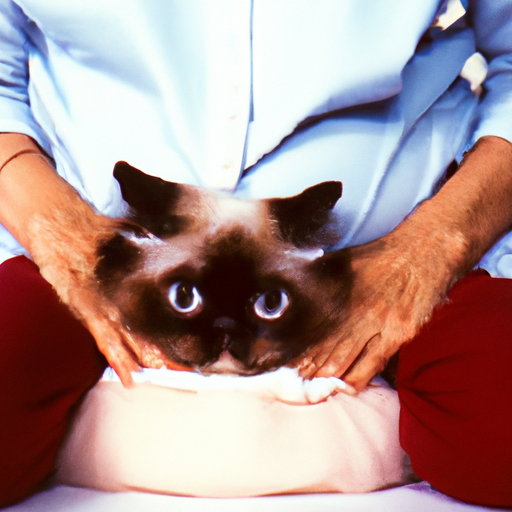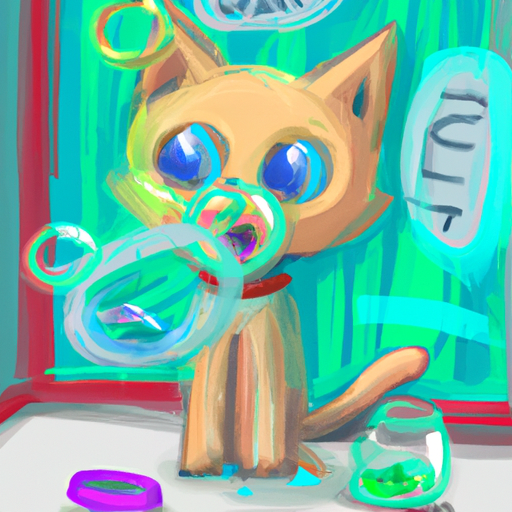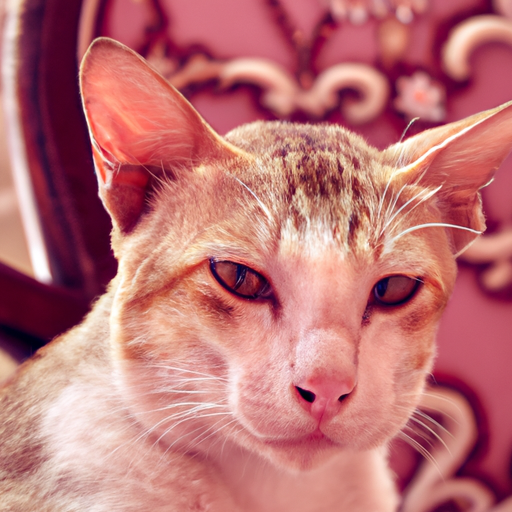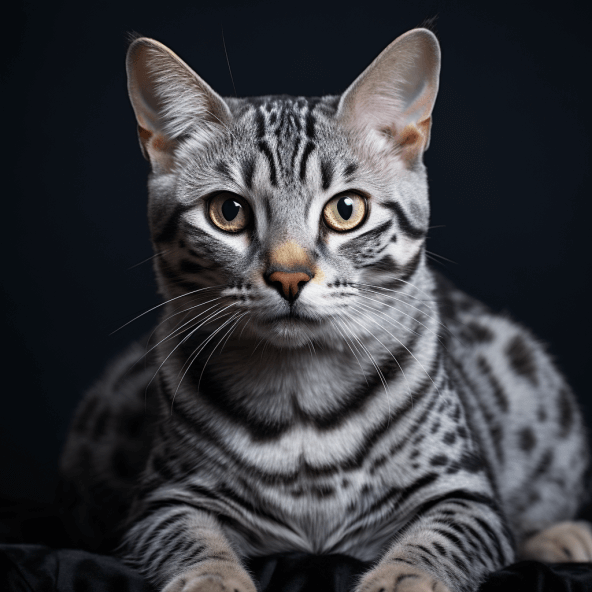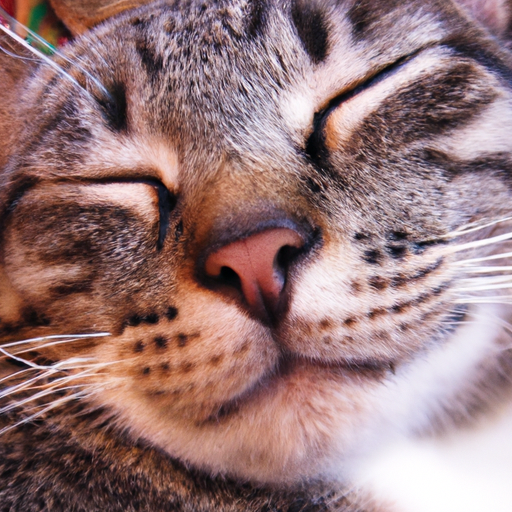How Long Are Cats Pregnant?
You might be curious about the duration of a feline’s pregnancy. In this article, you’re going to understand all about a cat’s gestation period, discovering the timeline, stages, and facts surrounding this fascinating part of your cat’s life.

Understanding Cat Pregnancy
Understanding cat pregnancy can seem overwhelming at first. It is a process filled with various stages and changes that might be difficult to identify if you’re not familiar with them. However, we’re going to take you through the process step by step.
Determining if Your Cat is Pregnant
So, how can you tell if your cat is pregnant? Pregnancy in cats, also known as “queening”, can sometimes go unnoticed, as the signs are subtle, especially in the early stages. A vet would need to confirm it, but there are a few signs you can observe, such as weight gain, morning sickness, and an increased appetite.
Physical Changes in Pregnant Cats
As time progresses, you may start to notice visible changes in your cat. Her belly will grow rounder, and her nipples will become larger and more pink – this is known as “pinking-up”. Also, pregnant cats tend to gain weight 2-3 weeks into the pregnancy.
Behavioral Changes in Pregnant Cats
Aside from physical changes, there are also behavioral differences. Pregnant cats often become more maternal and seek more attention or assistance from their owners. They may start to nest by arranging their bedding and isolating themselves more.
Stages of Cat Pregnancy
Early Stage Pregnancy in Cats
In the early stages, your cat might show few signs of pregnancy apart from the aforementioned “pinking-up” and weight gain. Morning sickness can also be an early sign, though not all cats will exhibit this.
Mid Stage Pregnancy in Cats
At this stage, the kittens start to grow rapidly. Consequently, your cat’s abdomen will start to expand noticeably.
Late Stage Pregnancy in Cats
The late stage of pregnancy sees the most noticeable changes. The cat’s tummy will be noticeably larger, and you may even feel the kittens moving!
Factors Influencing Cat Pregnancy Duration
Breed of the Cat
Cat breeds all typically have a pregnancy duration of around 63-69 days. However, Siamese cats can carry their kittens for up to 71 days, while other breeds may birth as early as 61 days.
Health Condition of the Cat
A cat’s health condition can also influence pregnancy duration. Unhealthy or undernourished cats may birth early, while obese cats might have extended pregnancy durations.
Environment and Nutrition
Good nutrition and a stress-free environment help ensure a normal pregnancy duration.
How to Confirm Cat Pregnancy
Visiting the Vet for Pregnancy Confirmation
A vet will be able to identify pregnancy in your cat around 15-20 days in. They will perform a palpation test or an ultrasound.
Home Pregnancy Tests for Cats
Home pregnancy tests for cats are not reliable. Always consult a vet for the most accurate results.

Caring for Pregnant Cats
Proper Nutrition for Pregnant Cats
A pregnant cat requires a change in diet to provide the necessary nutrients for the kittens growing inside her. This means more protein and higher calories.
Creating a Comfortable Environment
Your cat needs a stress-free and comforting environment during her pregnancy. Provide a comfortable bed and keep her indoors.
Routine Veterinarian Check-ups
Regular vet check-ups are vital during your cat’s pregnancy to ensure both the mom and unborn kittens are healthy.
Preparing for Cat Birth
Setting Up a Birthing Area
A few weeks before the due date, prepare a birthing area. This should be a quiet, comfortable, and dimly lit area where your cat can give birth undisturbed.
Signs of Labor in Cats
As the due date approaches, your cat may show signs of labor such as restlessness, pacing, and more frequent purring.
Risks During Cat Pregnancy
Potential Pregnancy Complications
While cat pregnancy is typically straightforward, complications can occur, such as eclampsia or difficulties during labor.
How to Handle Emergencies
If your cat is in distress, contact your vet immediately.
Post-Pregnancy Care for Cats
Taking Care of Newborn Kittens
Newborn kittens need a safe, warm environment and their mother’s milk.
Postpartum Care for Mother Cat
The mother cat will need a healthy diet to support nursing, and some quiet and peace.
Importance of Spaying and Neutering
Benefits of Spaying and Neutering
Spaying and neutering help prevent unwanted litters, reduce certain health risks and help control feline population.
Preventing Unwanted Pregnancies
To prevent unwanted pregnancies, spay your female cat or isolate them from unneutered male cats.
Conclusion
Understanding the Significance of Responsible Cat Ownership
Owning and breeding cats should not be taken lightly. It is a commitment that requires responsibility, understanding and attention.
The Commitment Involved in Breeding Cats
Breeding cats involves providing for both the mother cat and the kittens, ensuring a safe pregnancy, birth, and life afterwards.
Understanding the stages, signs, and care necessitated in cat pregnancy can help ensure a safe and healthy experience for your pregnant cat. Remember, when in doubt, always consult a veterinarian. Happy queening!

